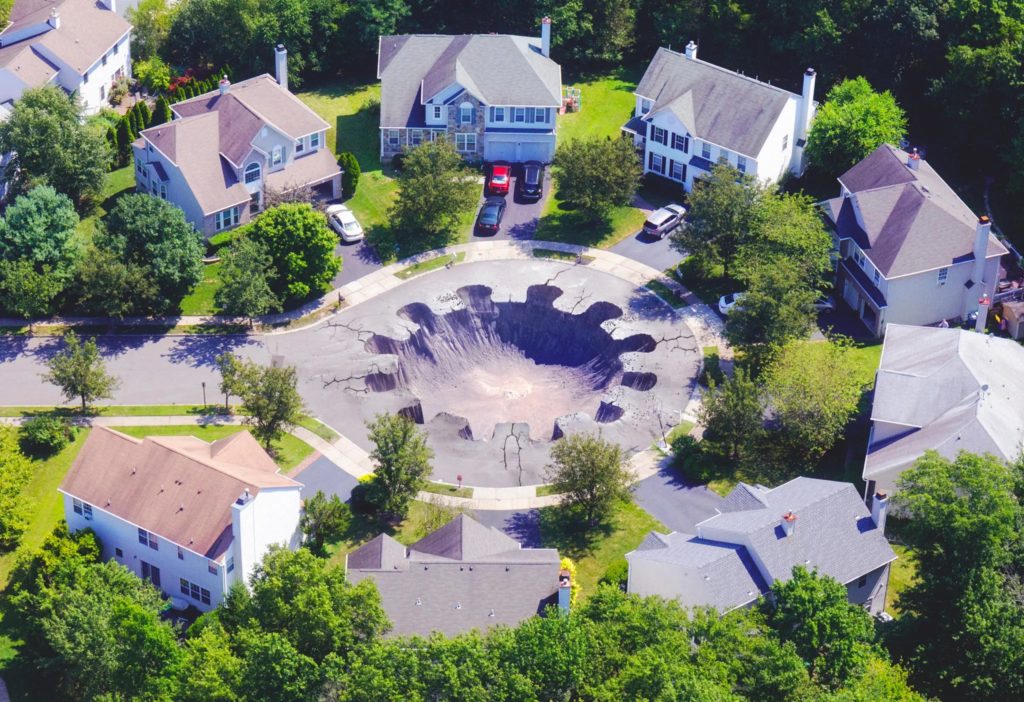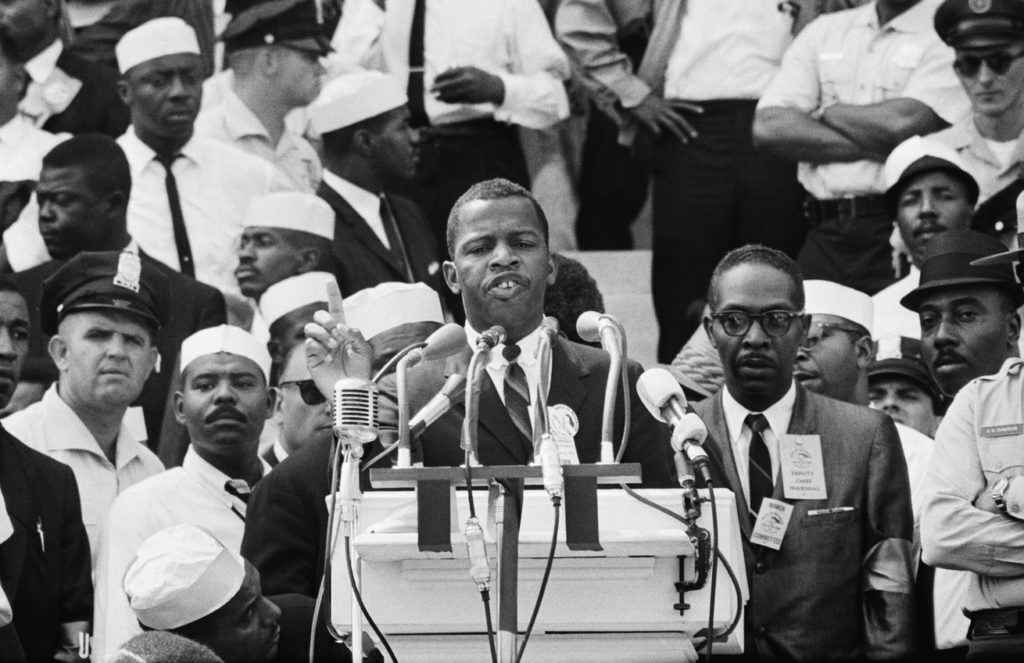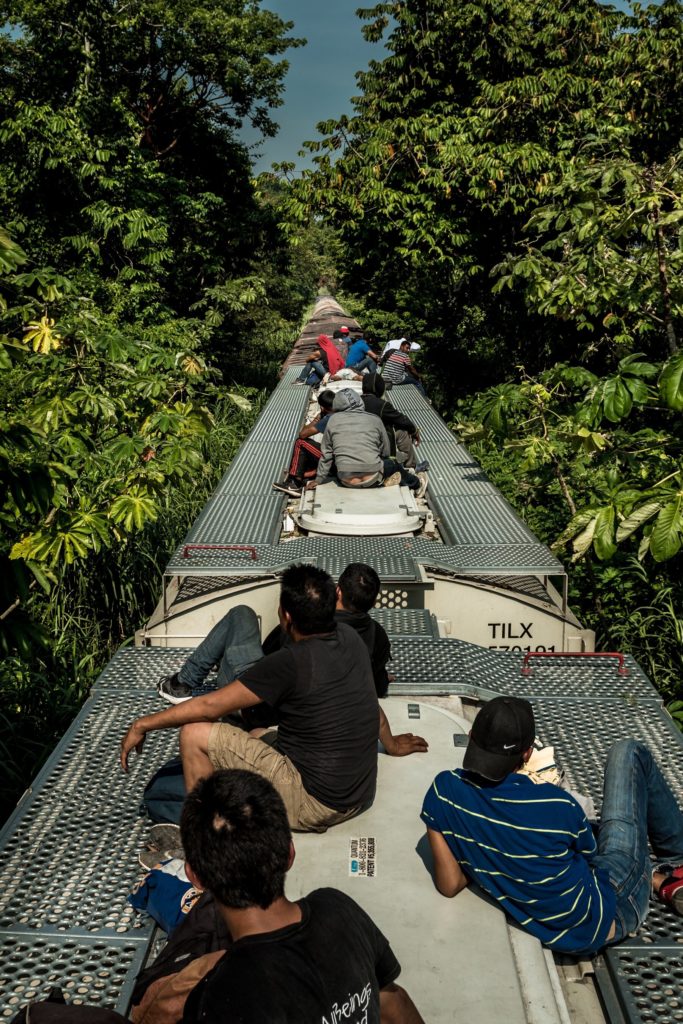Throughout the week, our team posts articles to a channel in Slack called #read-this. This helps us stay up to date on the ongoing trends in food mobility – the equitable and sustainable movement of nutrients through communities, from cultivation to consumption and value recovery.
As designers and generally curious people, we are interested in ways the world may change or stay the same. This week, we’ve been focused on a Futurecasting project.
Futurecasting is a strategic planning tool intended to generate ideas and clarify expectations and desires.It is based on the premise that the realities of today are so real and omnipresent that they inhibit a group’s ability to think creatively about the problems that lie ahead. By imaging a successful future state and then describing what made it so successful, groups are often able to break past recycled ideas and approaches.
This week, we’re sharing some interesting reads that take a look into the future.

1. It’s 2022. What Does Life Look Like?
Will we all keep a bottle of hand sanitizer in our bags for the rest of our lives? Are home offices here to stay? The New York Times takes a look at what changes from the coronavirus are here to stay. In this article, they take a two year view to imagine what habits, politics and industries will be altered forever.

2. Longer, Slower, Farther: Savoring the Prospects of Future Travels
Some luxury travel agencies noted seeing 160% growth in bookings over last year during the pandemic. Noting a shift in habits from frequent travel with shorter horizons, this article finds, “future travelers have taken to tackling their bucket lists with big trips that are more distant and longer than usual — and planned further in advance.”
Get ready for some epic adventures in 2021 or 2022.

3. COVID-19 has opened the floodgates for smart cities whether we like it or not
The pandemic is expected to be an accelerant for smart cities. Fast Company notes that the need for technology during the coronavirus pandemic and its benefits have outweighed consumer concerns with security. This has many implications (positive and negative) to consider.

4. Patience Is a Dirty Word
The future often takes…way too long to get here. As we mourn the loss of civil rights activist, John Lewis, this article by Ibram X. Kendi reminds us of a speech Lewis gave in 1963 – 57 years ago echoing that sentiment.
As we experience perhaps the largest anti-racist mobilization in American history, let’s remember Lewis’ work and words about the future:
“We are tired,” Lewis bellowed at the March on Washington. “We are tired of being beaten by policemen. We are tired of seeing our people locked up in jail over and over again. And then you holler, ‘Be patient.’ How long can we be patient? We want our freedom and we want it now.”

5. The Great Climate Migration Has Begun
At the risk of sharing ‘too much’ New York Times content, we recommend this interactive read about climate change and migration, focused on the Central American region.
The article notes that, “our model projects that migration will rise every year regardless of climate, but that the amount of migration increases substantially as the climate changes…The model shows that the political responses to both climate change and migration can lead to drastically different futures.”

